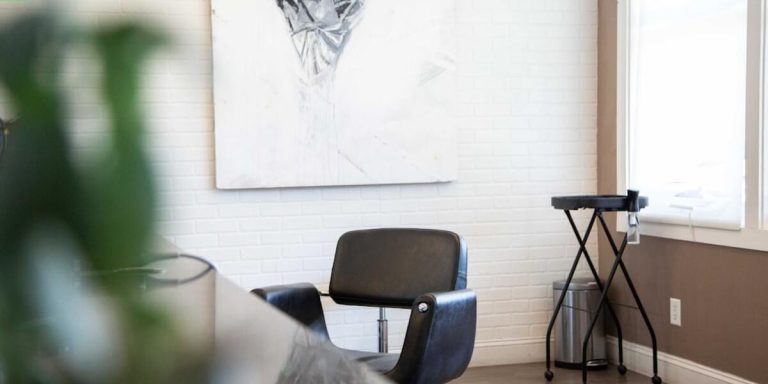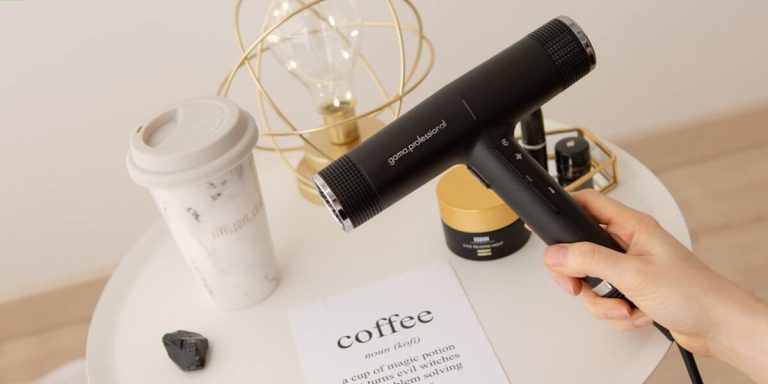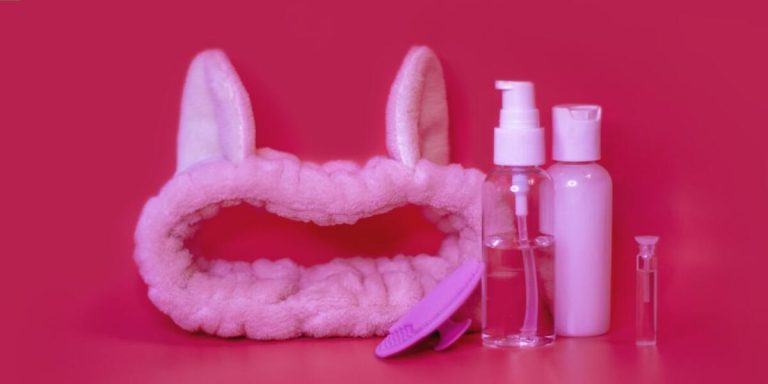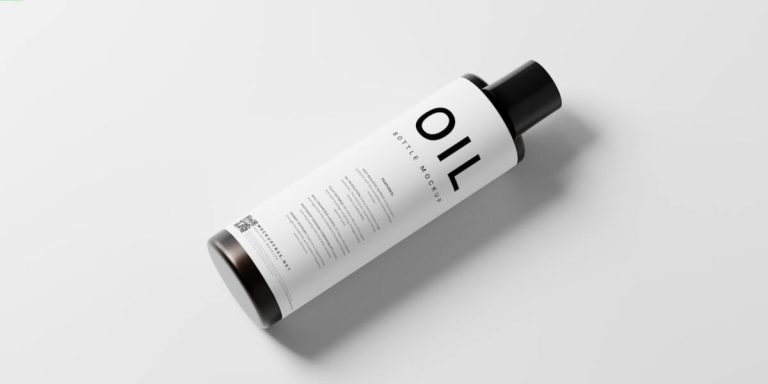Hair Regrowth Laser: The Scientifically Proven Method for Restoring Your Mane
Stimulating hair regrowth has been a topic of interest for many who have experienced hair loss. In the midst of various treatments, one method emerging with scientifically proven results is the use of a “hair regrowth laser”. This treatment utilizes low-level lasers to stimulate follicular activity, resulting in increased growth and thickness over time.
In this post, we’ll delve deeper into how exactly these lasers work to trigger new hair growth. We aim to educate you on everything from its underlying mechanism to potential side effects and cost-effectiveness. Armed with accurate information extracted directly from scientific research journals, you can make an informed decision if this innovative method could be your key towards restoring your mane.
Did you know?
According to a study published in the American Academy of Dermatology, low-level laser therapy improved hair counts by an astonishing 37% after just 16 weeks of treatment.
Exploring Hair Regrowth Laser Therapy: Efficacy and Expectations
Laser therapy is one of the most cutting-edge techniques for hair regrowth. With technology advancements, utilizing a laser to regenerate hair follicles has become increasingly popular in 2023. Hair loss may feel devastating but rest assured there’s hope with proven approaches such as low-level laser therapy (LLLT).
LLLT utilizes photons from lasers that reach the cellular level and stimulate weakened cells within your scalp, encouraging them to renew their function and promote new growth.
In terms of efficacy, clinical studies have shown significant promise in this field. Several people worldwide are reporting notable improvements after undergoing regular sessions over time – some as early as three months into treatment! It doesn’t just stop at stimulating re-growth; many users also report thicker, fuller manes which can substantially boost self-esteem.
Exploring hair regrowth laser therapies requires setting the right expectations. These treatments can work wonders for many individuals with baldness or thinning, but they are not magic bullets. To see visible results, you must be patient and consistent.
The effectiveness of these treatments depends on several factors:
- Your body’s response mechanism
- Hormonal conditions
- Age
Discuss all aspects thoroughly with your dermatologist or trichologist before proceeding.
Remember that each individual’s journey to desired outcomes is different, even though the process is fundamentally the same. Keep an open mind, set realistic goals, and take your consultant’s advice seriously.
Understanding How Laser Treatments Stimulate Hair Follicles
Hair regrowth laser treatments work by harnessing the power of light to stimulate your hair follicles, promoting healthier growth and slowing down the process of thinning and baldness. You might be intrigued as to how this science-fiction sounding approach works in reality. Let’s break it down.
Laser therapy uses what is known as Low-Level Laser Therapy (LLLT). The application specifically for hair regrowth purposes involves using devices that emit low levels of laser light onto your scalp, which can improve blood circulation around your hair follicles. This enhanced flow means more nutrients get delivered to each individual strand, thus making them stronger from root to tip.
Photobiomodulation is another key factor in understanding these therapies’ effects on stimulating dormant or weakening hair follicles back into a productive life cycle stage—growth phase Anagen. During photobiomodulation, photons enter human tissues triggering bio-stimulation effects; energy production ramps up within cells treated leading increased protein synthesis – necessary building blocks new hairs grown.
Furthermore, because LLLT does not generate heat like higher-powered lasers used in other medical applications—it’s completely pain-free treatment option. In fact many users report enjoyable warm sensation during their sessions overall!
Setting Realistic Goals for Hair Restoration with Lasers
The first stage of considering hair regrowth laser therapy is setting realistic goals. Here, understanding the treatment modality could help you maintain a balanced perspective on the outcomes.
Hair regrowth laser therapy works by using low-level light to stimulate follicular activity and enhance hair growth. It’s an emerging trend in combating issues like pattern baldness and thinning hair by harnessing light energy’s restorative power.
A common misconception surrounding this technique is that it promises overnight results – which isn’t accurate or fair to potential patients. Hair restoration doesn’t happen instantaneously; consistency over several months is required for visible changes. So when planning your journey with lasers, keep patience as your closest ally!
Importantly too, remember everyone responds differently to treatments due to genetic factors and individual health circumstances. The efficacy of a specific method may also be influenced by how advanced one’s level of hair loss was before commencement.
Generally speaking, individuals at the initial stages of pattern baldness tend to respond better than those experiencing significant thinning or bare patches already formed- no therapeutic approach will generate identical effects for everyone.
An essential aspect while thinking about any cosmetic procedure including ‘hair regrowth laser’ therapy should always involve professional consultation advice coupled with personal research – This ensures you’re well-informed regarding all aspects related directly towards achieving desired aesthetics via natural yet efficient methods available currently in 2023!
The Comparison of At-Home vs. Professional Laser Devices for Hair Growth
In the quest for optimal hair growth solutions, two main categories of laser devices have gained significant recognition: at-home and professional ones. While both types utilize low-level light therapy (LLLT) to stimulate your scalp’s follicles into promoting healthier hair regrowth, their application and efficiency can vary.
At-home laser devices provide the advantage of convenience and privacy. They come in various forms such as combs or headbands that are easy to use. By emitting gentle beams of light onto your scalp daily or a few times per week according to manufacturer instructions, you’re able to potentially experience improved hair thickness over time without having leaving the comfort zone of your home.
Professional lasers provide more advanced settings and higher power outputs than at-home variants. They deliver quicker results, often within weeks with consistent salon visits. However, they require regular appointments and incur added travel costs, which you should consider when comparing these options based on your lifestyle, needs, preferences, budget, etc.
Analyzing the Potency and Safety of Home-Use Laser Combs and Caps
In the ever-evolving market for hair regrowth solutions, home-use laser combs and caps have emerged as popular choices. Thanks to their accessibility, they offer individuals a degree of control over their hair regrowth journey that was previously unattainable without professional help.
The primary allure of these devices lies in their purported potency. Many manufacturers claim impressive effectiveness rates for stimulating follicle activity via low-level light therapy (LLLT). It’s why the term “hair regrowth laser” has become synonymous with hope for those struggling with thinning strands or bald patches.
Let’s delve into some specifics about these at-home options:
1. Laser Combs: These handheld devices are designed to be run through your tresses much like an everyday comb would but emit lasers believed to stimulate dormant hair follicles onto a path of rejuvenation.
Safety is another factor that can’t be overlooked when debating between at-home versus professional use of LLLT technology for assisting in hair regeneration.
Convenient it may seem having such sophisticated machinery readily available outside clinical settings, one must ponder upon concerns regarding adequate safety measures – especially given its widespread application amongst non-professionals lacking formal training or medical expertise dealing specifically within skin & scalp-related affairs using machines bordering therapeutic radiation levels seen more commonly within hospital wards than household bathrooms.
Benefits of In-Clinic Laser Sessions for Enhanced Scalp Coverage
Investing time and resources into in-clinic laser sessions certainly pays off when it comes to hair regrowth. Leveraging the power of professional-grade lasers, these clinical settings can promote healthier scalps and fuller heads of hair.
The first key benefit is effectiveness. In contrast to at-home devices, in-clinic ones exhibit superior capabilities because they operate under a considerably higher energy output range that only medical professionals are allowed access to. This means your scalp gets exposed to stronger light rays capable of penetrating deep into follicular roots for maximum stimulation – essential for impactful “hair regrowth laser” treatment results.
Secondly, clinics utilise advanced technology designed with precision targeting features built-in which maximize coverage areas during each session compared with what personal-use units offer where targeting may be somewhat scattered or uneven. This ensures every part on your head reaches its optimal potentiality regarding growth production rate meaning quicker visible progressions towards denser looking locks!
Laser Technology in Combating Common Causes of Hair Loss
Recent developments in laser technology have revolutionized the approach to hair loss, particularly for common causes like Androgenetic Alopecia and Telogen Effluvium. Low-Level Laser Therapy (LLLT) has recently emerged as a credible solution, offering hope to millions worldwide who are dealing with hair thinning or balding. LLLT uses specific wavelengths of light to stimulate blood circulation within the scalp, encouraging new growth by supplying dormant follicles with energy and nutrients.
Currently at the forefront of non-invasive treatments is Hair Regrowth Laser—a device keenly designed for home use but packing clinic-grade effectiveness. Its function leverages on both trusted scientific research and innovative tech advancements: It emits low-level lasers that penetrate down into the cellular level of your follicles without causing damage or discomfort.
A multitude of user testimonials vouches for its efficacy not just in slowing down hereditary-induced hair loss progression but importantly promoting healthy regrowth too! FDA-cleared and clinically proven safe & effective—it’s truly an accessible means if you’re aiming towards healthier tresses in 2023!
However impressive these results may be though, it’s worth noting that genetics isn’t entirely escapable,yet early intervention—like incorporating regular use of a Hair Regrowth Laser into one’s regimen—is key towards successful outcomes. As we move forward, continuous developments spurred by science will no doubt lead us closer to winning our battle against unwanted hair loss once-and-for-all!
The Role of Low-Level Light Therapy in Treating Androgenetic Alopecia
Low-Level Light Therapy (LLLT), also known as hair regrowth laser therapy, is a groundbreaking technique that has become widely employed in treating Androgenetic Alopecia. This common condition causes significant hair loss and thinning among both men and women.
Unlike many invasive procedures for hair loss treatments, LLLT leverages advanced technology to directly target the root cause of alopecia – weakened follicles. It works by illuminating weak or dormant follicles with specific wavelengths of light through hand-held combs or wearable caps fitted with specially designed lasers.
The process initiates photobiomodulation – a physiological response where cells absorb light energy leading to enhanced metabolic activity within the cell structure itself. When this happens, it revitalizes weakened follicles, stimulates new growth and helps maintain existing hairs’ health resulting in denser overall coverage for your scalp!
What sets LLLT apart are its minimal side effects compared to other traditional methods like topical solutions or even surgery! There’s no pain involved during treatment sessions and you can carry out most daily activities immediately afterward without any hindrance from uncomfortable after-effects traditionally associated with these types of therapies.In 2023 we observe an increase in individuals opting for non-invasive treatments such as LLLT due their effectiveness & ease-of-use.
Laser Solutions Targeting Stress-Induced Telogen Effluvium
In today’s fast-paced world, stress is unavoidable. One of the many unfortunate side effects it brings with it is Telogen Effluvium, a form of temporary hair loss. Thankfully, we have seen significant advancements in combating this issue through laser technology.
Enter hair regrowth lasers – an innovative and effective approach to tackle stress-induced Telogen Effluvium head-on. One might wonder how does light energy ensures our locks stay on? The answer lies within the mechanism itself.
Hair regrowth lasers utilize low level laser therapy or LLLT that has been scientifically proven for its effectiveness since 1967. These devices emit photons which are absorbed by weak cells encouraging them to enhance their performance.
With consistent treatment sessions over time using these high-tech tools, they stimulate your scalp’s blood circulation promoting healthier follicle growth; thus accelerating your natural journey back to luscious crowning glory despite everyday stresses you may encounter along the way.
Moreover, convenience comes as part of this package too! Hair-regrowth lasers come in different forms including handheld combs and domed caps making at-home treatments hassle-free than ever before!
The mastery behind these products begins from understanding individual differences exist when dealing with causes like telogen effluvium induced due to psycho-social stresses or even physiological ones such as hormonal changes post-pregnancy amongst others.
Conclusion
All said and done, the hair regrowth laser holds a promising future for all those striving to reclaim their mane. Its scientific validation offers a beacon of hope against baldness battles – making it more than just another gimmick in your beauty arsenal.
To make an informed decision about whether this scientifically proven method is right for you, we encourage you to explore more insightful articles on our website. We have plenty of information available that can guide you through each step of your hair regrowth journey. Don’t let uncertainty keep you from exploring potential solutions.
Your path towards restored locks could be one click away!







